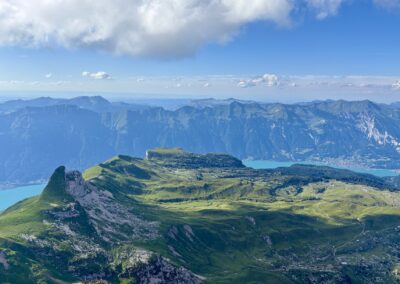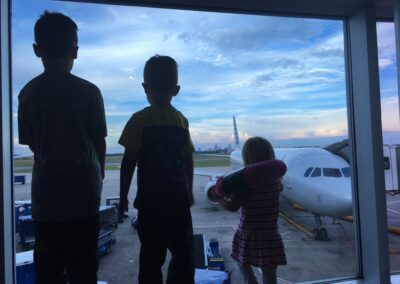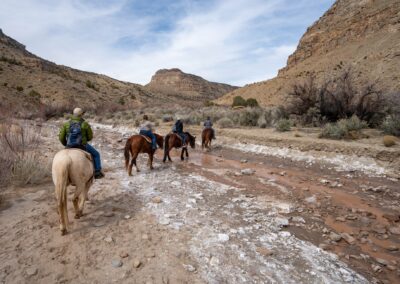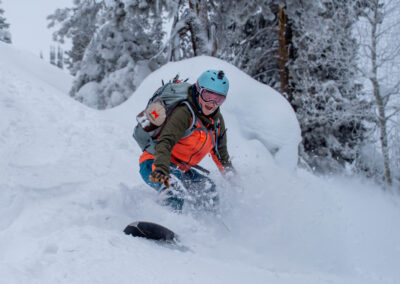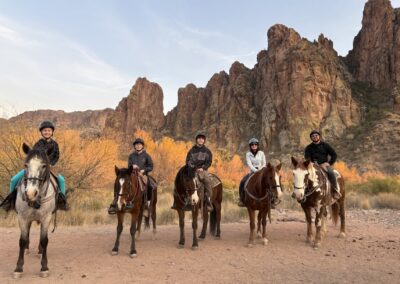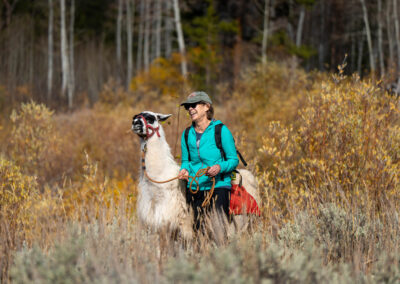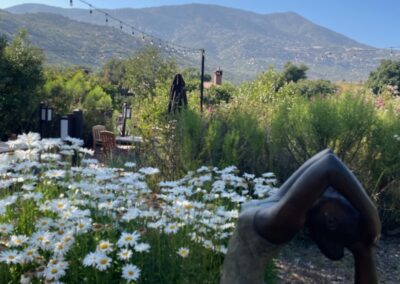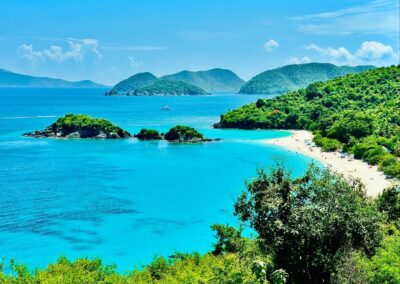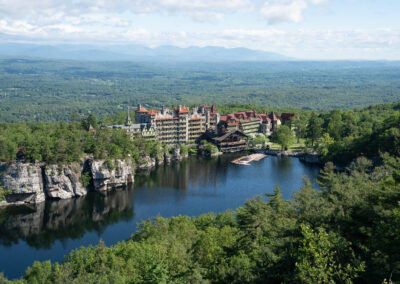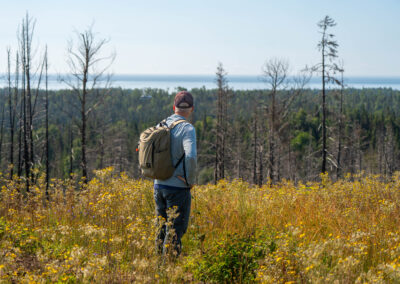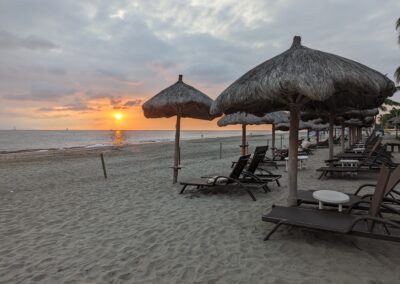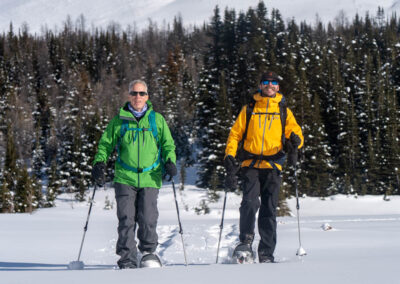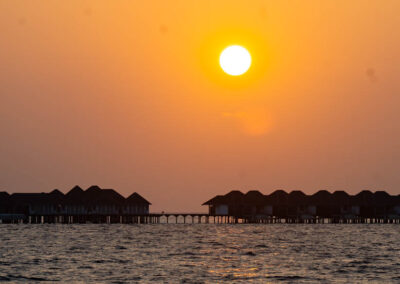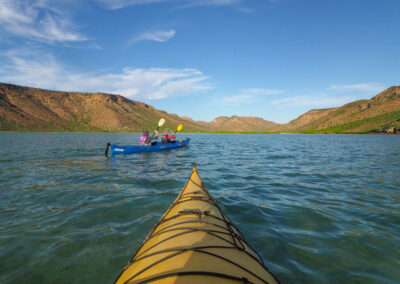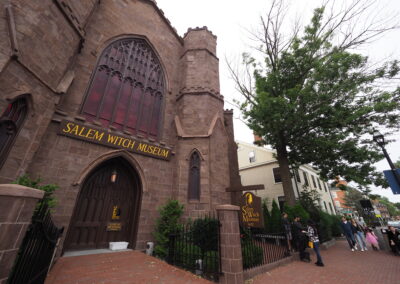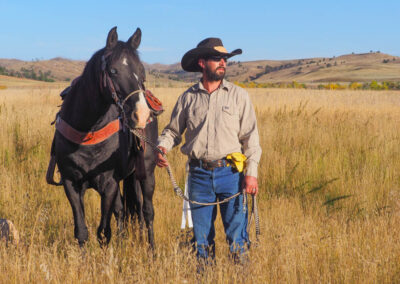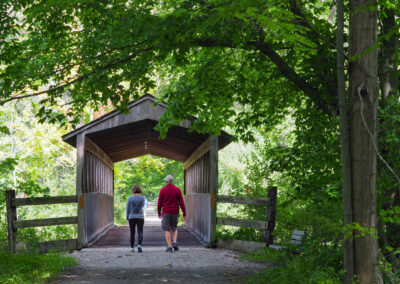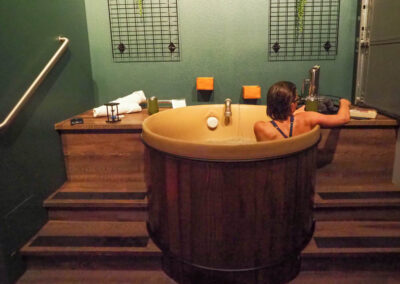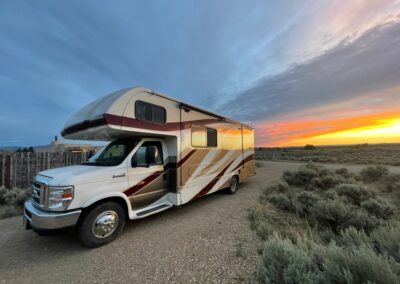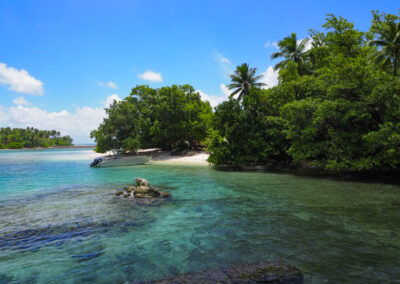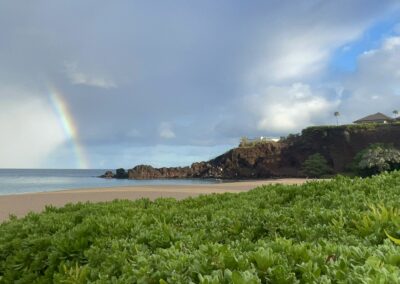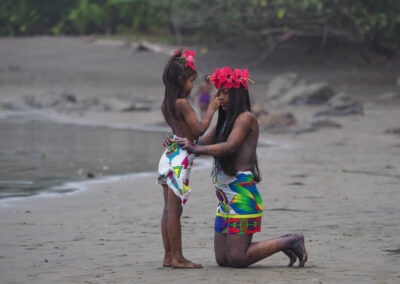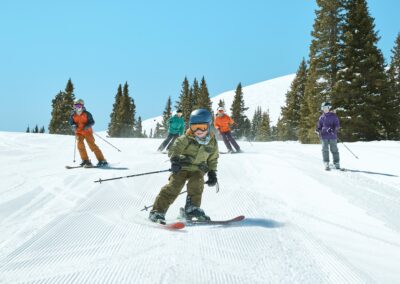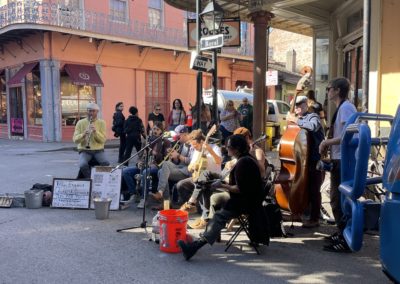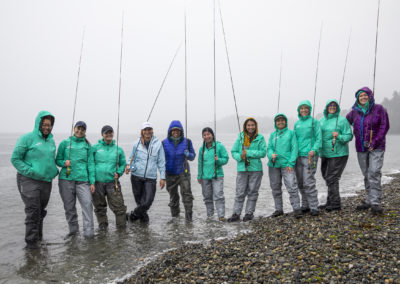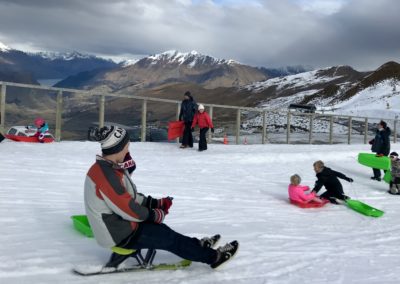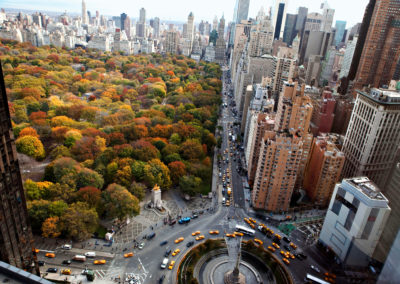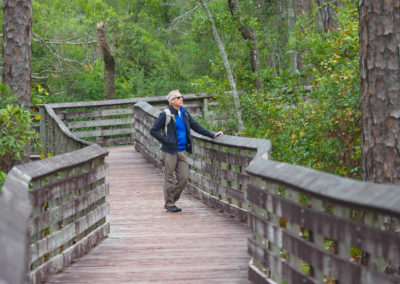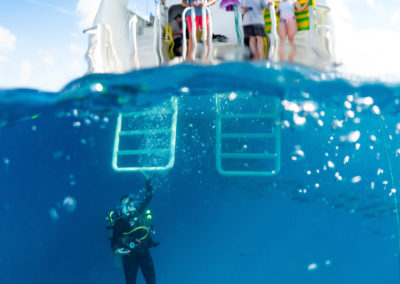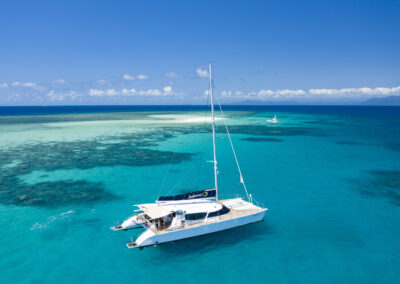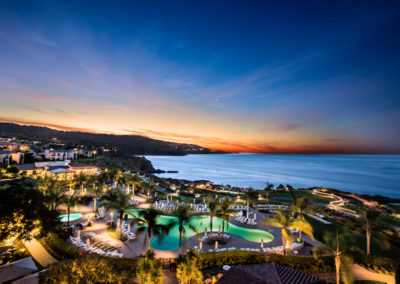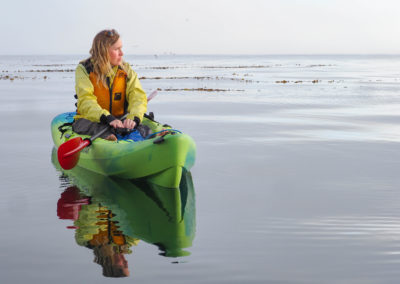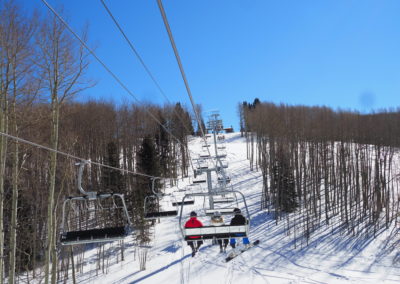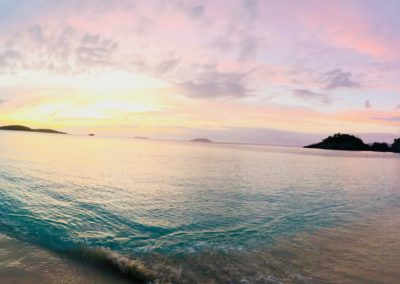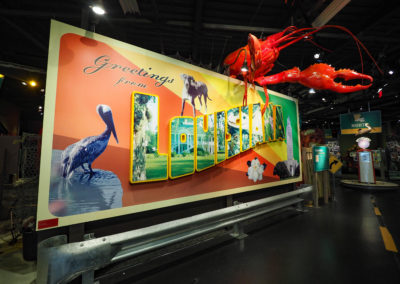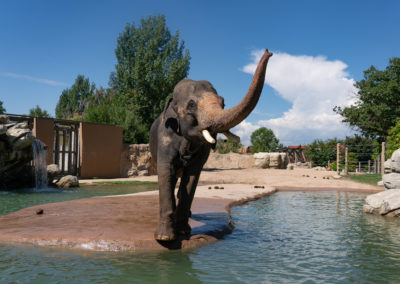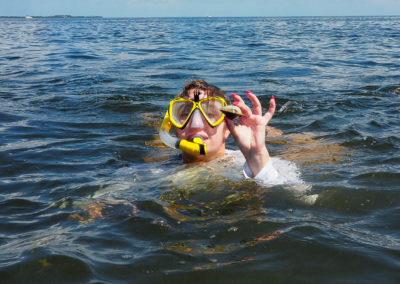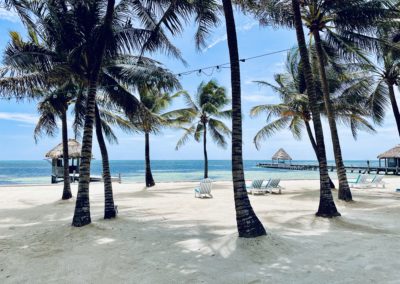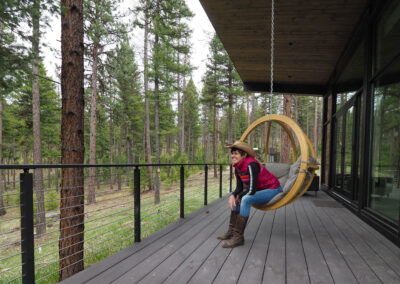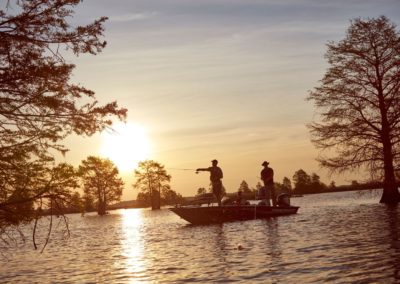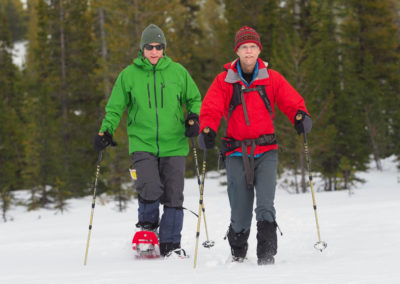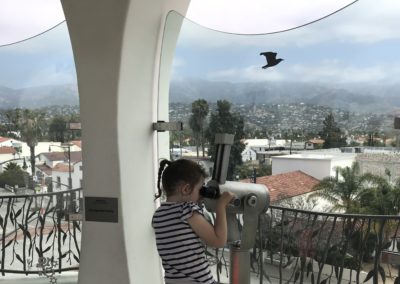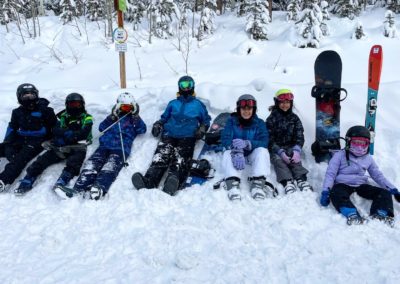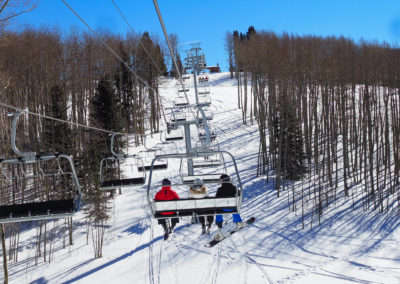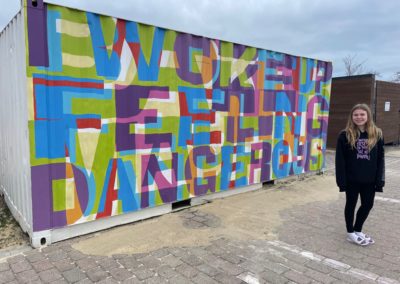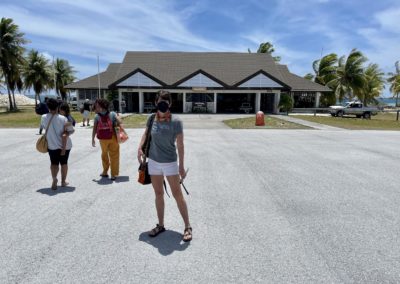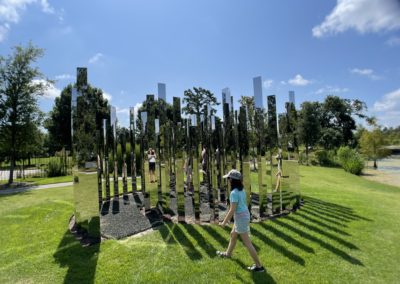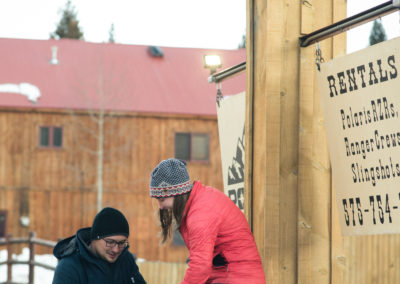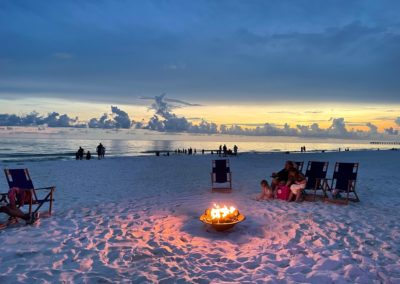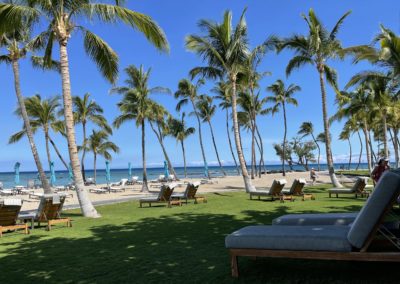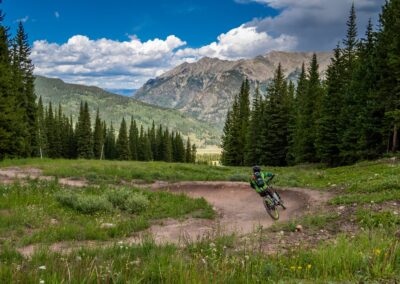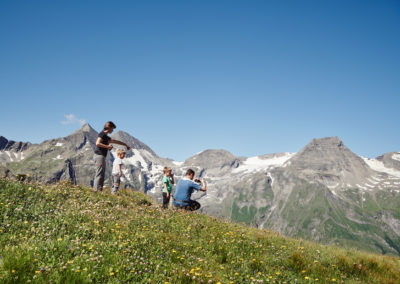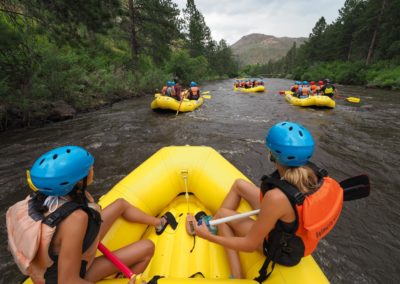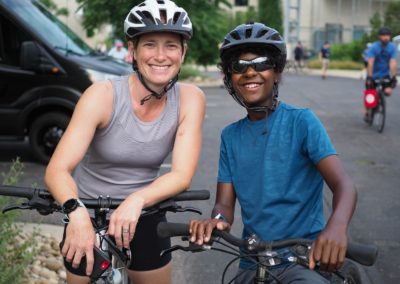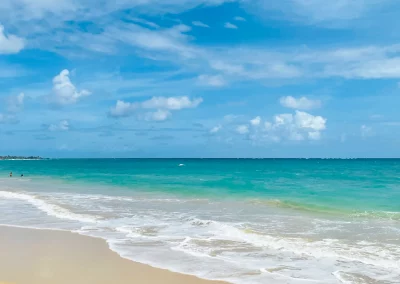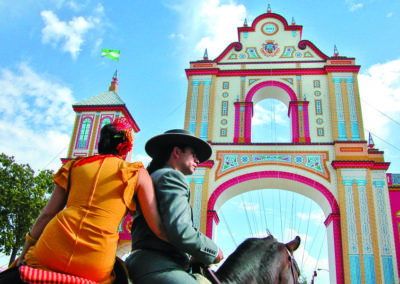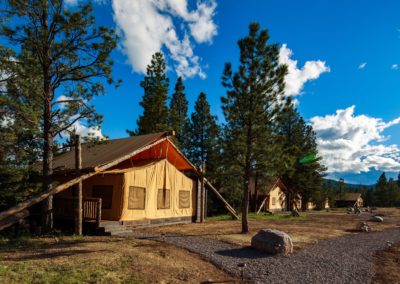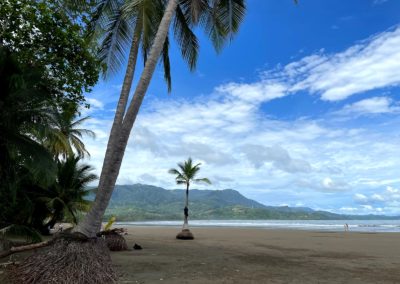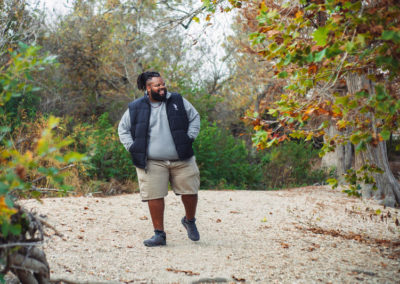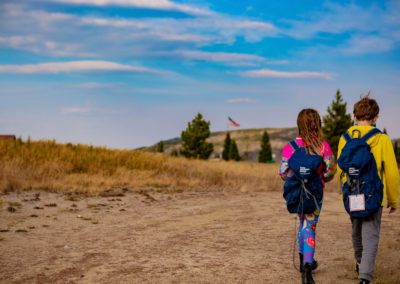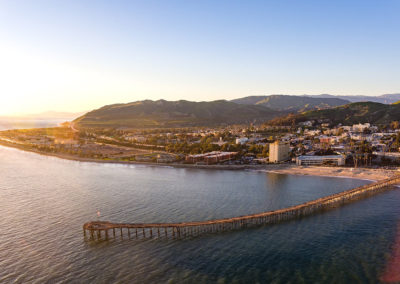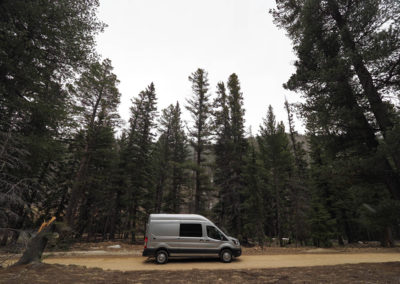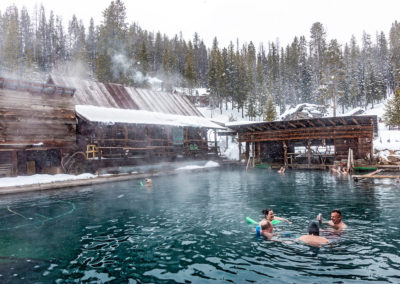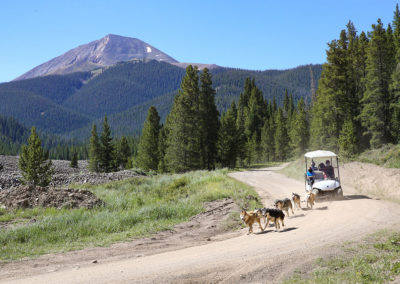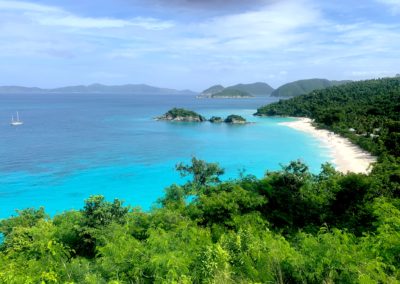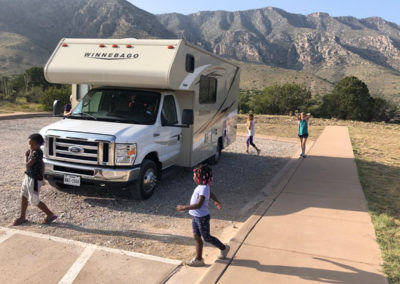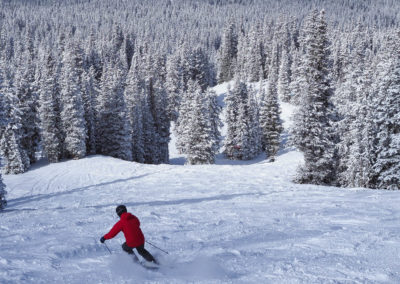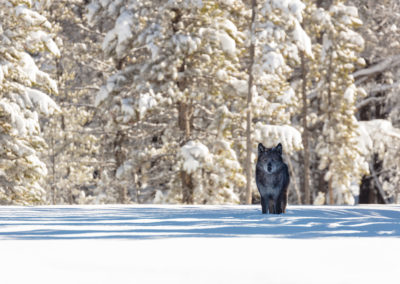Under normal circumstances, the idea of escaping to St. John conjures up nothing but serene visions of lounging carefree on a sugary strip of sand as impossibly translucent turquoise Caribbean waves tickle my toes and my children construct sandcastles down the beach. A good novel, a rum-laden Painkiller topped with freshly grated nutmeg and the absence of sibling quarrels are not excluded from this fantasy.
But for us, St. John is and always has been more than a beach vacation. It’s an elixir for the soul. The smallest of the three U.S. Virgin Islands is the one place on earth I can arrive feeling tired and weary and leave feeling stronger and more carefree, recharged from days spent beneath the sunshine, swimming in the salty sea and adapting to a slower, simpler way of life. On St. John, you won’t find any highways — or even a single traffic light, for that matter. Here, folks drive on the left side of the narrow, switchback-riddled roads that hairpin through the hills and make frequent stops for a tribe of goats, a few stubborn donkeys or a slow-moving sow trailed by a litter of piglets. It’s a place that wakes you up with rooster crows and melon sunrises and fills your days with the kind of beauty that makes it easy to tune out the rest of the world’s noise.

Popular Trunk Bay is uncrowded in the early morning and evening hours. Photo by Mauri Elbel
I first fell in love with this tiny 9-mile by 3-mile island floating in the Caribbean two decades ago on a family trip during my senior year at the University of Texas. A few months after graduating, I swapped the florescent-lit cubicle of my first professional public relations job for an unpaid work-exchange housekeeping position on an eco-resort on St. John. I was elated. I spent my mornings cleaning the wood-and-cloth eco-tents staggered along the steep, meandering boardwalks, rewarding myself with afternoon swims in Mother Nature’s endless pool and falling asleep each night lulled by the songs of the tree frogs and fanned by the tradewinds. Within a month, despite having too many mosquito bites to count and being the unfortunate target of a very large (and clumsy) iguana free-falling from the heights of a bay rum tree, I was smitten with the island. I wanted to stay. I went into town to apply for bartending jobs and instead landed a position as the lone staff writer and editor at the island’s only newspaper, renting a shoebox-sized apartment I could barely afford that overlooked the sailboats rocking back and forth in Cruz Bay and filling the pages of the weekly publication with stories about the island and the St. Johnians who call it home. A year later, I got married on the pillowy shores of Trunk Bay and my husband and I spent those first few kid-free, carefree years of our marriage living and working on this little slice of Caribbean paradise. We’ve returned for long stays almost every year since we left, now with our three children in tow.
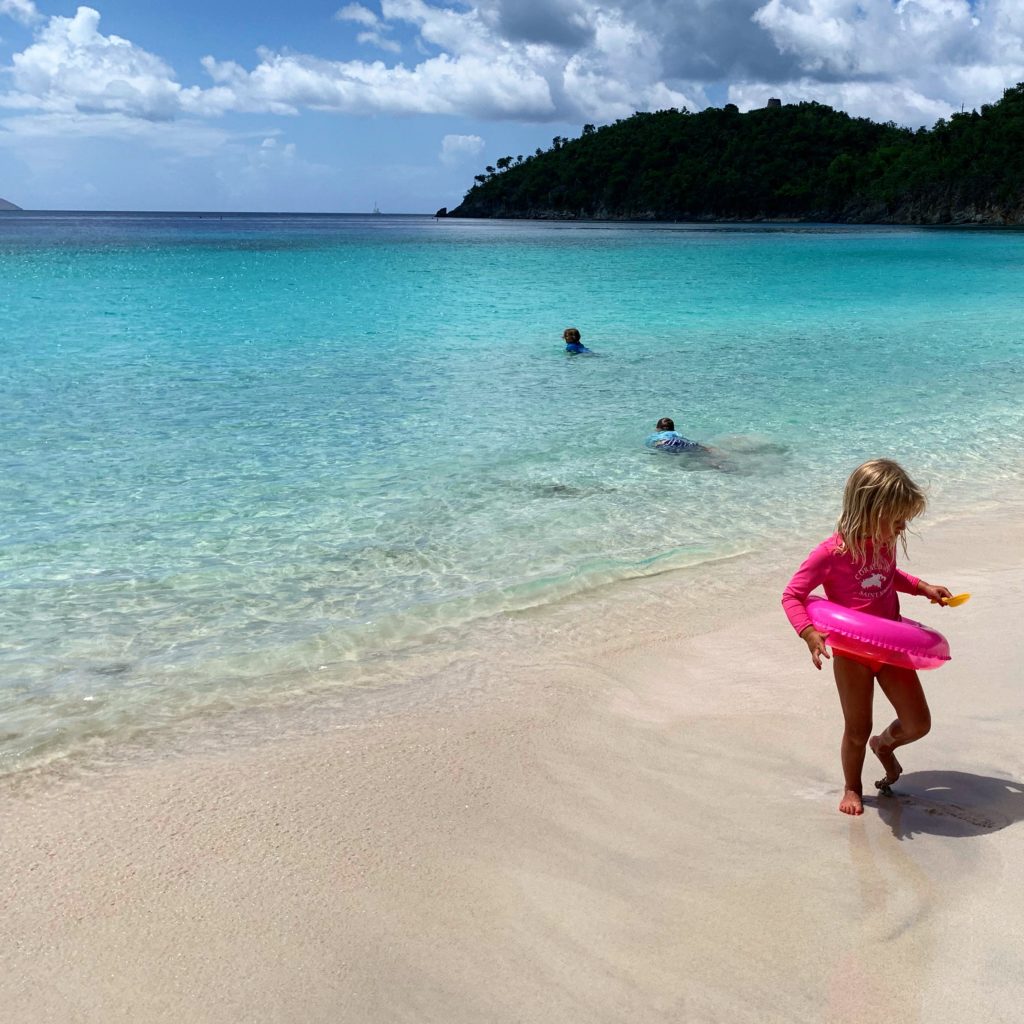
The water surrounding St. John is some of the clearest in the Caribbean. Photo by Mauri Elbel
Enter the global pandemic. While I knew the uncrowded beaches and deserted hiking trails found on St. John combine to create the perfect physically-distanced escape, it was the whole traveling-during-a-pandemic aspect of the trip that kept jolting my dreams back into a harsher reality.
But late last fall, feeling burdened with the weight of the world, the impending election and the all-consuming level of chaos that bubbles up from our home occupied by three kids learning remotely and two parents working virtually, I found myself aching to be back on our favorite little island. We could easily do what we were doing here in Austin on St. John, I rationalized, and we could pepper our daily spreadsheet of Zoom classes and meetings with sunny stints on the breathtaking beaches cupping St. John’s north shore. One October night, after putting our kids to bed and attempting to tackle heaps of laundry, I distracted myself from the seemingly unending strand of depressing news by scouring the Internet for flights.
Not unlike most people nearing the end of 2020, we’d never yearned to return to our happy place more. The question was: Should we? Yes, the U.S. Virgin Islands had recently reopened to travelers, and absolutely, the Caribbean economy depends on tourism dollars — especially given that the pandemic comes on the heels of two back-to-back hurricanes. At the same time, traveling anywhere increases the risk of spreading the coronavirus and I’d never want to contribute to a possible outbreak on an island I know first-hand is ill-equipped to deal with it.
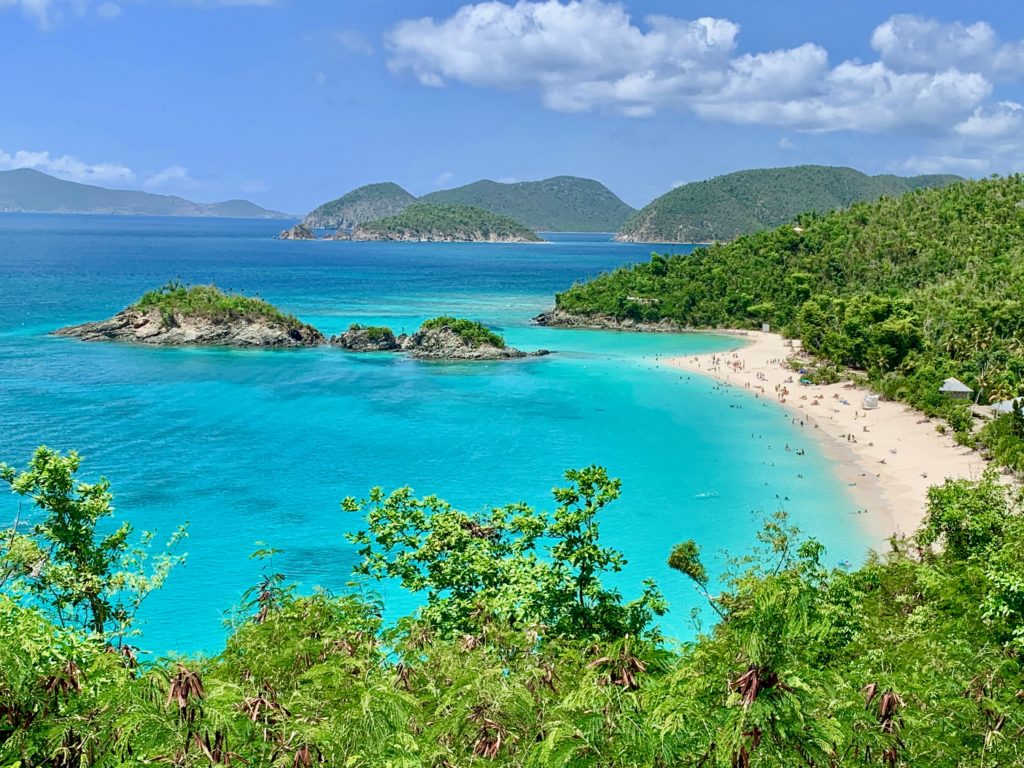
Trunk Bay is recognized as one of the most beautiful beaches in the world. Photo by Mauri Elbel
As a traveler, I felt a deep responsibility to mitigate those risks to the highest extent possible. I checked into the U.S. Virgin Islands’ travel protocols and restrictions set in place to help reduce the spread. I messaged good friends living on the island, asking their honest opinions on whether traveling to the islands during this precarious period was irresponsible: “Do y’all even want us there?” “You all are mask-wearing, social-distancing, respectful travelers — you are the kind of people we want,” a friend messaged back. The next morning at my middle son’s well-child check, I found myself casually floating the idea by our longtime family pediatrician: Am I insane to fly my family to the Caribbean in the midst of a pandemic? To my surprise, she didn’t consider the idea crazy. Rather, she pointed out that most viruses do not spread easily on flights because of how air is circulated and filtered on planes, and thanks to enhanced cleaning procedures, HEPA filters designed to refresh the cabin air throughout the flight and mandatory mask requirements, some argue flying has never been safer. Of course, she countered, air travel does require going through security lines and crowded terminals and we’d need to be prepared for the possibility of getting sick on an island without a hospital or not being able to return right away if borders close.
As much as we all would like it to, the questions surrounding the safety of travel right now doesn’t come with definitive answers; rather, it’s riddled with caveats, what-if scenarios and risks. Ultimately, the decision to travel during the pandemic is a personal one. For us, the question that had been whirling around in my head soon shifted from “Should we or shouldn’t we go?” to “If we go, how can we mitigate our risks and travel as safely as possible?” On an island like St. John, it’s especially important for travelers to be respectful of mask wearing and social distancing because the multigenerational nature of many families’ homes means the people out in the public interacting with visitors every day are likely going home to share space with an elderly family member who lives with them. Plus, there is no hospital on St. John and the hospitals on the bigger islands are not equipped to handle a major coronavirus outbreak in the territory. If you find yourself dreaming of a U.S. Virgin Islands vacation at some point this year, here are some tips to help make the trip safer — not just for you and your family, but for the people who live where you decide to travel.
Testing and Travel Clearance
The U.S. Virgin Islands is currently operating under a Safer-at-Home phase, but is allowing travelers to enter with some protocols in place. All passengers ages 5 years and older traveling to the U.S. Virgin Islands must submit an approved COVID-19 test result taken within five days of commencing travel and get cleared to travel using the USVI Travel Screening Portal. Since we were traveling from an area with high COVID positivity rates to an area without any cases, we made sure to limit our exposure to anyone outside our family leading up to our trip and after testing — we were already working and schooling from home and ordering groceries so this didn’t require much of an adjustment. We scheduled drive-up COVID-19 molecular testing (RT-PCR) on a Wednesday, received our negative results on a Thursday, uploaded our results to the USVI Travel Screening Portal on Friday and flew out on Saturday. Upon exiting the plane onto the open-air tarmac of the Cyril E. King Airport on St. Thomas, we received COVID screening and temperature checks, handed over printed proof of our travel certifications to local officials and were on our way. Everything about the process, from getting our tests to using the USVI travel screening portal, was seamless and painless — not even our 5-year-old shed a tear during the dreaded nasal swab. Once we returned to Austin, we self-quarantined for the recommended full seven days and got tested on the eighth day.
Minimize Exposure During Travel
Typically, our full-day trip from Austin to St. John requires two or three flights (depending on the airline) and a jam-packed taxi van ride that transports passengers arriving into the St. Thomas airport to the ferry dock in Red Hook. As soon as I discovered American Airlines had recently re-launched its new nonstop service from Dallas-Fort Worth to St. Thomas, I immediately booked five roundtrips. In my mind, booking a direct flight — especially when all passengers on the flight, in theory, would need negative COVID tests to receive travel clearance into the territory — was well worth the pre-dawn 3-hour drive to Dallas. Outfitted in face masks and face shields and armed with plenty of hand sanitizer, we flew direct to the U.S. Virgin Islands for the first time, appreciating pandemic-related perks of only having to travel through one major airport rather than our usual three to four airports and accompanying layovers. In non-pandemic years, I don’t bat an eye when piling into a crowded taxi van with a dozen strangers to brave the hilly, hour-long ride from the airport to the ferry dock. But the thought of being in a confined space with others who may or may not be properly masked up before spending a few weeks on St. John was something I wanted to avoid like the plague (pun intended). Instead, we arranged a private taxi ahead of time, and were delighted when we were met with a warm and hospitable, smooth-driving woman named Rose who had “No Mask No Service” signs displayed throughout her minivan. The price for the private taxi service — excluding the generous tip we gave Rose who offered to wait in the parking lot with our luggage as we filled our empty bellies and the two-hour long wait for the next ferry at an outdoor restaurant — cost no more than it does when our family of five takes a public taxi. Needless to say, we reserved a ride with Rose for our trip back, too.

Sandcastle architecture is a daily activity on the uncrowded North Shore beaches of St. John. Photo by Mauri Elbel
Social Distance On St. John
In my opinion, there’s no better place to social distance than on a beach, and fortunately, St. John boasts dozens of breathtaking bays considered to be some of the most beautiful in the Caribbean. By mid-morning, tourists start to trickle onto St. John’s most popular strips of sand, but if you arrive early or stay late, you’re likely to have paradise all to yourself. We captured solitude at secluded Solomon and Honeymoon Bays, which can only be reached by foot or boat. We ventured past the crowds to tranquil Francis Bay and spent mornings swimming with sea turtles at calm and shallow Maho Bay (just remember to keep your distance and never touch or grab turtles or any sea life). One morning, when we weren’t willing to abandon the completely deserted, stunning Gibney Beach after a brief island rain drove the other two beach-goers away, I handed our middle son my iPhone and ear buds and let him Zoom into his math class to take his quiz from a beach chair beneath a canopy of sea grape trees. Hiking along the 20-plus trails weaving through the V.I. National Park, which covers two-thirds of the island, is another great way to explore the island on your own away from crowds — and many trails end with a complimentary cool down at a nearby beach. A few favorites include the heart-pumping 5-mile Reef Bay Trail, where you can explore mysterious petroglyphs carved around 900-1500 AD by the pre-Columbian Taino and their ancestors; the steep hike to the 19th century America Hill Great House Ruins, where efforts are rewarded with sweeping views at the top and a post-hike dip in breezy Cinnamon Bay below; and Ram’s Head, where you’ll find yourself surrounded by an endless ocean at the summit and can cool off afterward with a rejuvenating swim at Salt Pond Bay down below. Bring your own snorkel gear to enjoy St. John’s underwater world, which teems with giant rays, green and hawksbill sea turtles, and vibrant angels, blue tang and parrotfish. Beginners can get their fins wet exploring the underwater snorkeling trail at Trunk Bay, consistently ranked as one of the top beaches in the world, while the more adventurous can check out remote reefs found along the island’s south shore. Revisit St. John’s past by touring some of the well-preserved ruins dotting the island, including Cinnamon Bay Ruins, Peace Hill Ruins and the Annaberg Sugar Plantation Ruins.
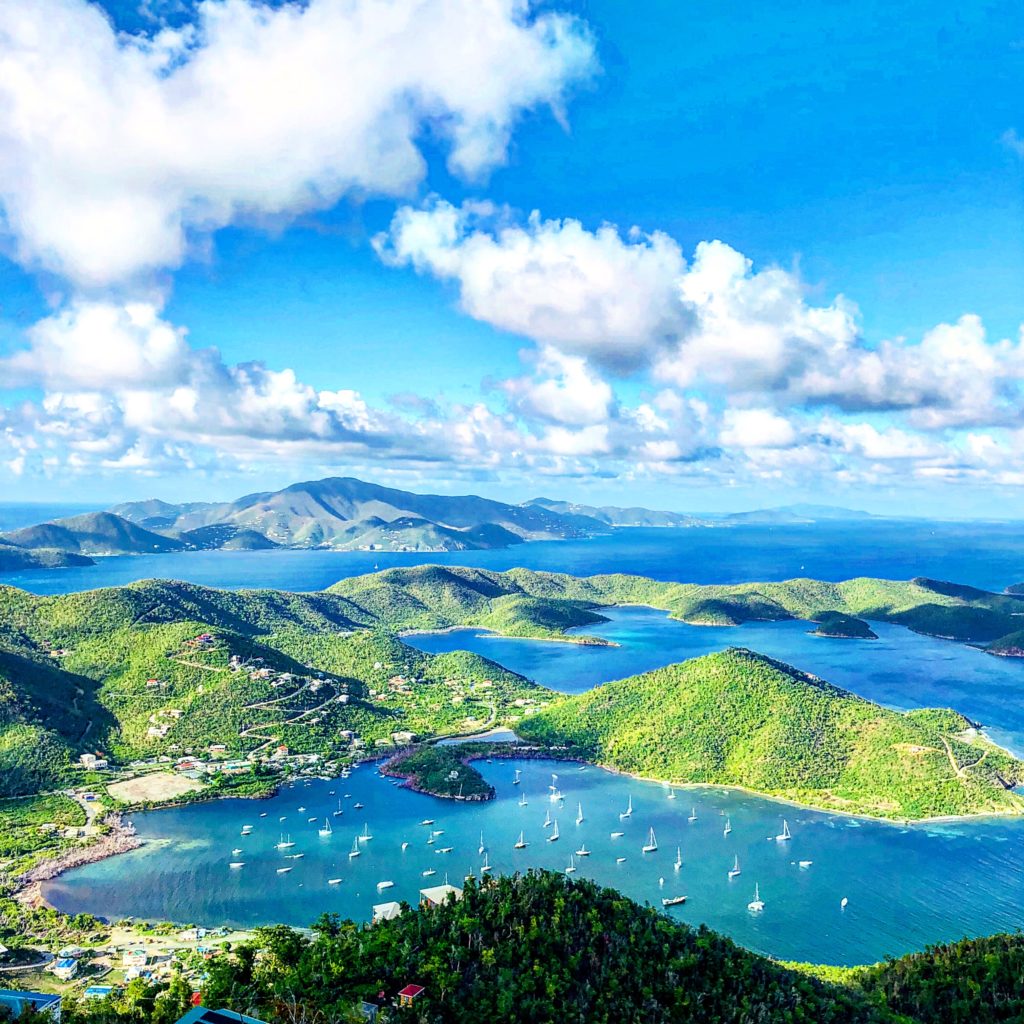
The view from above at Calichi at Picture Point on Bordeaux Mountain. Photo by Mauri Elbel
Choose Standalone Lodging
With two-thirds of the island designated as Virgin Islands National Park, St. John boasts a raw splendor that sets it apart from other Caribbean destinations riddled with over-development. You won’t find high-rise hotels competing for shoreline space or all-inclusive resorts splayed across the island’s protected beaches, which bodes well for travelers looking for standalone lodging options during the pandemic. Book a private one- or two-bedroom villa at Calichi at Picture Point, the new luxurious, environmentally-friendly private villa enclave perched 1,200 feet above sea level on Bordeaux Mountain and surrounded by postcard-worthy views of emerald islands floating in a sparkling sapphire sea. Sleep steps from the sea at Gibney Beach Villas, two neighboring white Caribbean-style cottages and the only accommodations located on the gorgeous powder-white shores of Gibney Beach. Peruse 40-plus diverse villas managed by the longstanding Destination St. John. For couples or small families looking for a cozy and comfortable home base without the high price tag, check out the beautifully-renovated, locally-owned Kachi Ra, which offers island-style living and views of Little St. James and Pillsbury Sound.
Order groceries, eat outdoors and grab takeout
Luckily, St. John boasts a plethora of delicious restaurants offering outdoor and open-air dining as well as take-out options. On this trip, we cooked more meals at home, took daily picnics to the beach and supported local restaurants by ordering lots of take-out and tipping generously. We were also delighted to discover a new provision and grocery delivery service called Landlubber Logistics that spawned during the pandemic. For the first time ever on St. John, we were able to walk into our accommodations after a long day of travel to a fully-stocked refrigerator and pantry. Landlubber Logistics not only alleviated the stress of having to drag hungry, exhausted kids who began their travel day at 4 a.m. through a grocery store late at night, but they also have stringent sanitary practices in place during COVID-19. Just remember to make a reservation by emailing Stjdelivery@gmail.com and place your order at least 72 hours before arriving. Landlubber Logistics also operates a sister charity called Caribbean Kickstand, which helps provide food to the less fortunate, elderly and financially burdened on St. John so it’s a win-win.
If You Go

Getting there:
There is no airport on St. John, and traveling to the island from Austin is a full day’s trip. We left Austin at 4 a.m. to drive to Dallas (3 hours), took a direct flight from DFW to St. Thomas (6 hours), rode a private taxi from the airport to the ferry dock (1 hour), and took a ferry from Red Hook on St. Thomas to Cruz Bay on St. John (20 minutes), where we picked up our rental jeep from and drove to our condo.

Stay:
For a luxurious, eco-friendly stay with jaw-dropping views, check out Calichi. Sleep steps from gorgeous Gibney Beach. Find the perfect villa from Destination St. John. For a budget-friendly stay, reserve Kachi Ra.
Do:
Spend the days beaching, swimming, snorkeling, scuba diving, hiking, boating and exploring ruins — all of which can be done without crowds.
Eat and drink:
St. John may be tiny, but this island packs big flavor, and fortunately many of the restaurants offer open-air, outdoor dining and take-out options. Make a reservation at longstanding Morgan’s Mango, for Caribbean lobster night every Tuesday and Saturday. Indulge your taste buds in the contemporary Mediterranean dishes served at La Tapa. Skinny Legs, in Coral Bay serves up the island’s best burgers along with cold drinks and a strong sailor vibe. Pick up a West Indian saltfish or beef pate from Hercules Pate Delight for breakfast on your way to the North Shore beaches, or tuck into delicious West Indian-inspired dishes like conch fritters, Johnny cakes and callaloo soup at Miss Lucy’s (340-693-5244) on breezy Friis Bay on the other side of the island.

Insider tip:
If you’re a U.S. citizen and you travel directly to the U.S.V.I., you do not need a passport.








